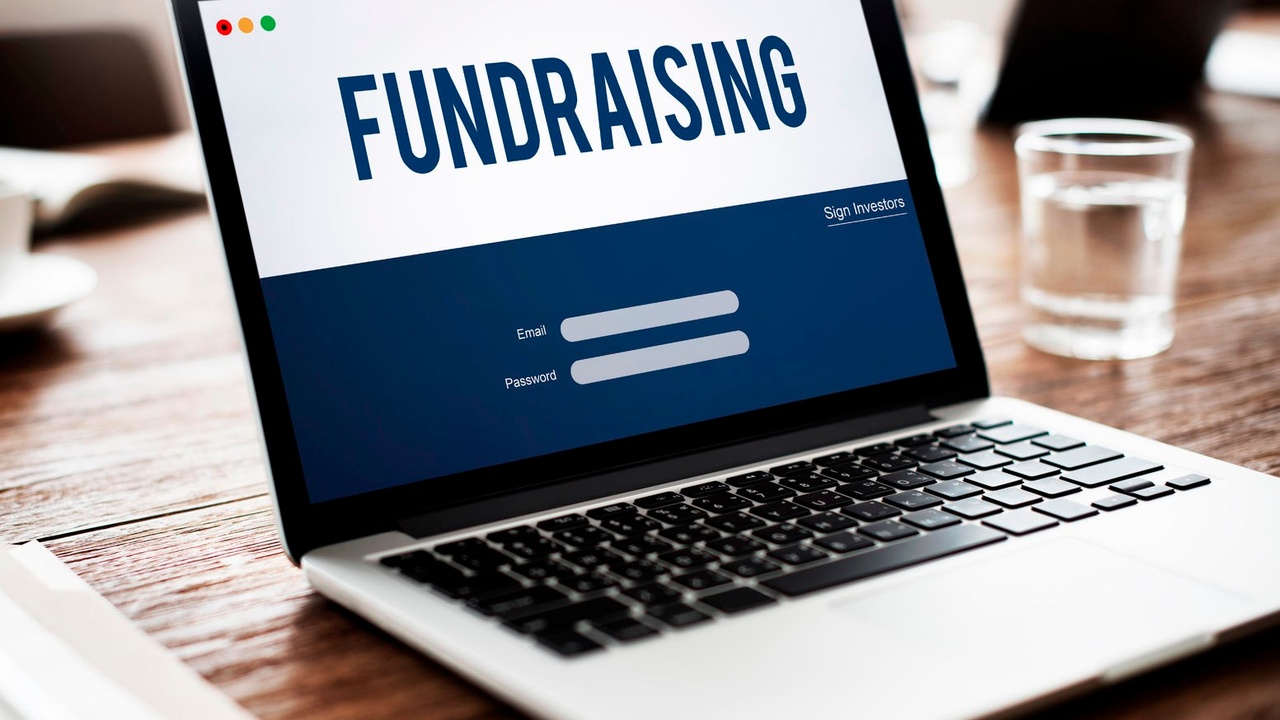
3 Types of Digital Fundraising Strategies for Nonprofits
With over 1 billion active daily users, Facebook is an important platform that nonprofits can use to reach new donors and promote engagement. For search-based platforms, Google accounts for about 1/3 of all online ad revenue (38.6 billion dollars out of 117.6 billion dollars). YouTube, which is part of the Google Ad Display Network, has a monthly viewership equivalent to roughly ten Super Bowl audiences. And when it comes to how audiences are engaging online, more than 50% of consumers have used their mobile devices for web searches over the past few years. One survey from Nonprofit Hub found that less than half of nonprofit websites are mobile-friendly.
Simply put, having a carefully designed and deployed digital fundraising strategy is essential as a tool for new donor acquisition and reinforcement of positive perceptions about your organization.
Leveraging Owned, Earned, and Paid Digital Fundraising Strategies for Nonprofits
Formulating a digital nonprofit fundraising strategy sounds like a daunting task. But if we break down your digital strategies into three types — Owned, Earned, and Paid — it becomes more manageable.
Owned
Control experience across all channels
- Website
- SEO
- Blog
- Social media
- Call to actions
Word of Mouth
- Impression/Reputation
- Press review
- Social media
- Brand recognition
Strategic planning for acquisition and growth
- Google Ads
- Social media ads
- Display ads
- Pay per click Ads
- Paid influencers
It is time for you to harness personalization of message and increased experience for your cause.
Owned
You have already taken the time and energy associated with setting up your website and social media channels, but are you using them to their full capacity? Have you branded your presence consistently, across all sites? Do your audiences get the same “feeling” (user experience, or “UX”) no matter how they find you?
These are all aspects of managing your Owned content.
It is important to take control of any digital presence of which you have full ownership. Website blogs are an oft-overlooked means to garner traffic. With blogs, you have complete control over your content. You can present yourself as an expert in your field and highlight the philanthropic worthiness of your organization.
But it’s not enough to create blog posts and hit the publish button. Implementing Search Engine Optimization (SEO) across your blog will allow you to leverage Google’s powerful search engines. Each blog should be optimized to support a niche topic that is interesting to your target audience. Over time, this will encourage more website visits. The constant accumulation of carefully crafted, high-quality blog posts can, and will, produce an ever-growing traffic pattern to your site — resulting in expanded audiences and more philanthropic revenue (a.k.a. donations).
As you promote your blog posts, it’s important to consider widespread use of landing pages with simple, optimized calls-to-action. Ideally, individuals will search for a topic, decide your link (or ad) is what they are looking for, and click through to your landing page. By presenting them not only with a topical blog post but also with an opportunity to “take the next step” — whether that means contacting your organization, downloading a case study of how effective your work is, or making a donation — you can transform your Owned content into an effective tool for converting curious visitors into bona fide supporters.
Earned
One of the first places prospective donors go to find out more about you is your digital channels. This includes your website and your social media accounts. It is important that the experience target audiences have in interacting with you across these platforms and channels delights them, reinforces positive perceptions about your work, and galvanizes their idea of why your organization is worth their time, energy and financial support. This focus helps strengthen your brand and reputation in the “mind and heart space” of your target audience(s).
It is not enough to simply occupy digital channels. You have to manage them well to make them come alive, which calls for regular content updates and authentic, meaningful interactions with followers and the public. You must be willing to be interactive, and that requires resources and a commitment. But if you take the time to interact with your audience, they will engage with you. These exchanges offer incredible potential for deepening relationships with your organization.
Paid
One of the most economical ways to reach out to new donors and build your community is through strategic paid digital advertising — a.k.a. “Pay Per Click” (PPC) marketing and targeted display ads.
Google AdWords and Facebook Ads have some of the best ROI in this space. That said, it’s important to know what you are doing with ads and actively manage your account(s). But done well, carefully crafted and constantly monitored digital ad campaigns can help you grow your audience and break out of dependencies on direct mail acquisition.
DID YOU KNOW? Online marketing, including Paid- Per-Click ads, can be up to 54x more effective in converting audiences into buyers/supporters versus television advertising.
In setting up a strategy for Paid digital advertising, ad cycles are important to consider. Digital ads are effective because individuals search on a specific topic of interest and decide that your content is what they are looking for. Because of this, it is important that the landing page that users click through to from your ad delivers the goods. Your content absolutely must be worth the person’s time. If you can clear that bar, then you open the door for a next step. That further action is where your Paid strategy creates ROI.

Further Reading:
- 11 Digital Fundraising Strategies
- Survey: Less Than Half of Nonprofit Websites are Responsive
- Digital Fundraising Strategy for Your Nonprofit
- Build a Fundraising Plan That Propels Your Nonprofit Forward
- Digital Fundraising: Frameworks and Strategies to Optimize Online Revenue
- 21 Random Stats and Facts about Google AdWords
